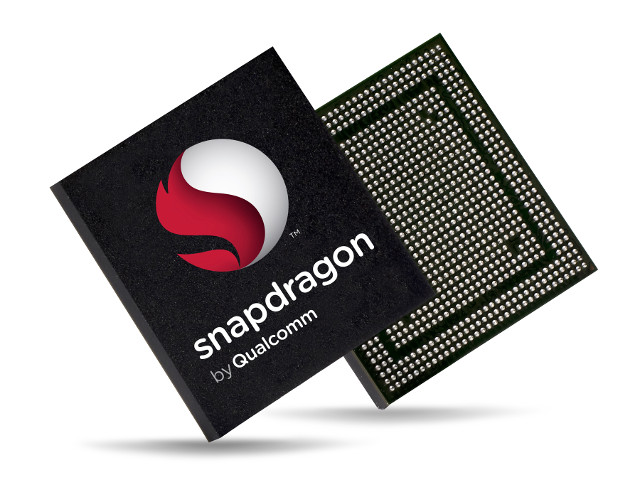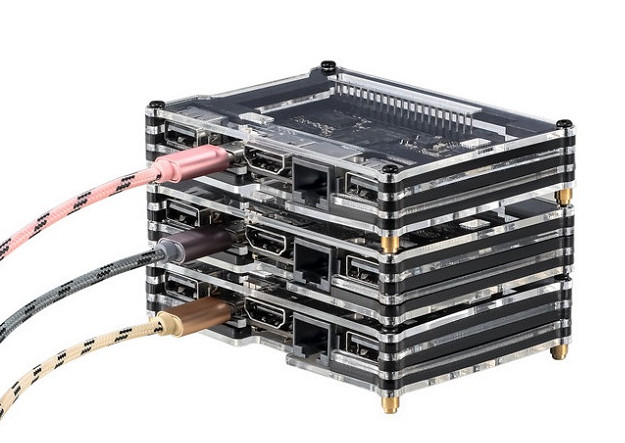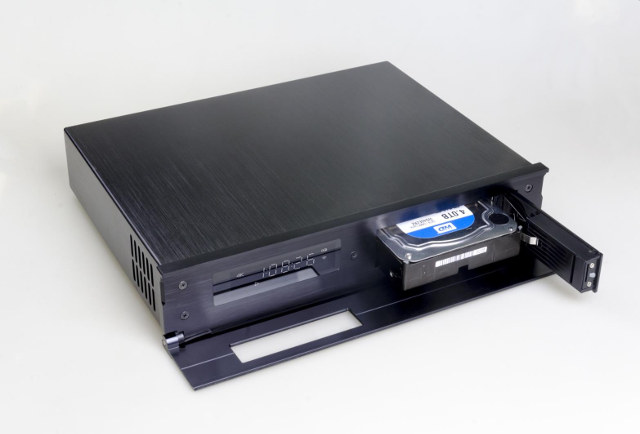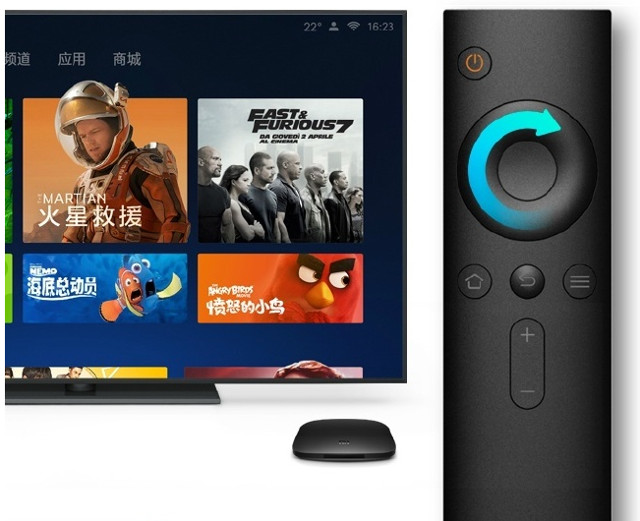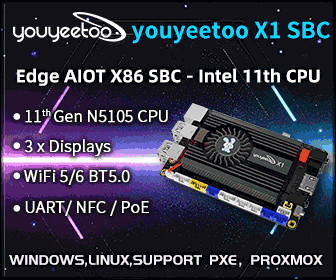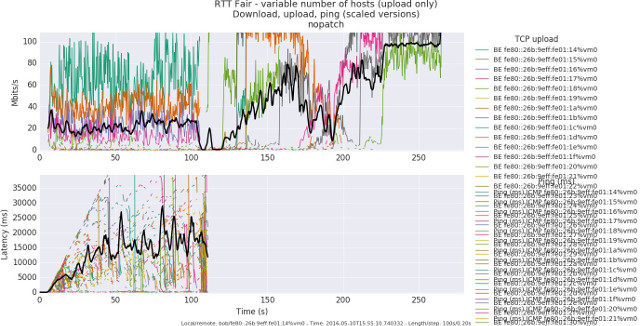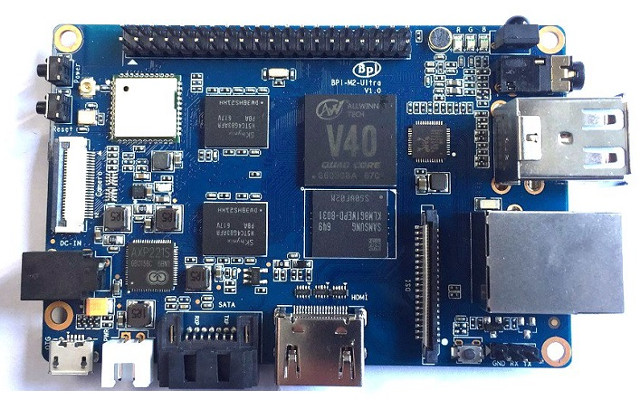Sonoff TH16 is a WiFi relay device powered by Espressif ESP8266 WiSoC, able to handle a load up to 16A (3500Watts @ 220V), and including a jack for sensors. The company recently sent me a sample together with Sonoff AM2301 temperature and humidity sensor, and Sonoff POW power meter device, and in the first part of my Sonoff review I checked out the hardware for all three items. In the second part, I’ll report my experience with Sonoff TH16 and the temperature sensor with a practical example, as I’ve installed it to control a groundwater pump. What you see above is a picture of my house water tank with two pumps, the white one keep the pressure in the taps and is always on, and the blue one pumps the water from the ground and is the one I’m going to control. Over the last year or so, I’ve tried […]
$49 Dashbot Car Dashboard Assistant is Powered by C.H.I.P Pro Allwinner GR8 Module (Crowdfunding)
Most companies specializing in development boards may sell a few accessories for their boards, but usually leave product design to their customers. Next Thing Co. does that too, but the company also produces some products like PocketCHIP portable Linux computer & retro game console, and more recently Dashbot, a voice controller assistant for your car’s dashboard powered by CHIP Pro module. Dashbot hardware specifications: CPU Module – CHIP Pro with Allwinner GR8 ARM Cortex A8 processor @ 1.0 GHz, 512MB NAND flash, 256 DDR3 RAM, 802.11 b/g/n WiFi, Bluetooth 4.2 External Storage – micro SD slot Display – Red LED display Audio – 32-bit audio DSP for beamforming & noise suppression; fairfield audio pre-processor with 24-bit ADC; high fidelity MEMS microphone array (106 dB dynamic range) USB – 1x USB host port Power Supply – 5V via USB port or 12V via power port (aka cigarette lighter) + backup LiFePo4 […]
Qualcomm Snapdragon 835 Mobile Processor To be Manufactured with Samsung’s 10-nm FinFET Process technology
Qualcomm Technologies and Samsung Electronics have jointly announced that the upcoming Qualcomm Snapdragon 835 processor for mobile devices will be manufactured using Samsung’s 10-nanometer (nm) FinFET process technology. Sadly, neither companies provided further details about the processor itself, but they did offer some insights in the performance and power efficiency improvement between 14nm and 10nm processes with Samsung’s 10nm technology allowing up to a 30% increase in area efficiency with 27% higher performance or up to 40% lower power consumption. Snapdragon 835 is said to be in production now with commercial devices featuring the new processor expected in H1 2017.
Khadas Vim Amlogic S905X Android and Linux Development Board Sells for $50 and Up
Last summer I wrote about Shenzhen Tomato TVI development board powered by Amlogic S905X processor, and at the time the company focused on business to business customers, but the board is now sold as Khadas Vim through GearBest with 2 GB RAM, 8 or 16 GB flash, and price starting at $49.99 including shipping. Khadas Vim and Vim Pro boards’ specifications: SoC – Amlogic S905X quad core ARM Cortex-A53 @ up to 1.5 GHz with penta-core Mali-450MP GPU System Memory – 2 GB DDR3 Storage Vim – 8 GB eMMC flash + micro SD slot Vim Pro – 16 GB eMMC flash + micro SD slot Video & Audio Output – HDMI 2.0a up to 4K @ 60 Hz Connectivity Vim – Fast Ethernet port, 802.11 b/g/n WiFi and Bluetooth 4.0 (Ampak AP6212 module) with IPEX connector Vim Pro – Fast Ethernet port, dual band 802.11 b/g/n/ac WiFi and Bluetooth […]
Egreat A10 4K Android Media Center Comes with an Internal 3.5″ SATA Bay, an external SATA Port and a USB 3.0 Port
Egreat A10 is an Android TV box powered by Hisilicon Hi3798CV200 processor, coupled with 2GB RAM, 16GB flash, and is an exciting device for people who like to keep the media files on local storage, as it includes an Internal SATA bay for 3.5″ hard drive, an external SATA connector for 2.5″ “laptop” drives, as well as a USB 3.0 port. Egreat A10 specifications: SoC – HiSilicon Hi3798C V200 quad-core ARM Cortex A53 processor @ up to 2.0 GHz with ARM Mali-T720 GPU System Memory – 2GB DDR3 Storage – 16 GB eMMC flash + 3.5″ SATA bay + external SATA interface with support for EXT-3/4, FAT32, NTFS and GPT Video Output – HDMI 2.0a up to 4K2K @ 60 Hz and CVBS output (RCA) Video Codecs – 10-bit H.265/HEVC 4Kx2K@60fps, VP9 up to 4K @ 60 Hz, H.264 AVC, H.264/AVC MVC up 1080p30, MPEG-1/2/4 up to 1080p60, VC-1 up […]
Xiaomi Introduces Mi Box 3c and 3s TV Boxes with Artificial Intelligence Capabilities
Xiaomi has launched two new upgraded models based on their Mi Box 3 TV box powered by Amlogic S905-H processor, with Mi Box 3s with Amlogic S905X-H and 2GB RAM, and Mi Box 3c with Amlogic S905-H and 1 GB RAM. Beside the box hardware changes, the most significant updates are the replacement of MIUI TV interface by allegedly the first set-top box system with AI in the world, which the company calls Patch Wall, as well as Mi Touch IR remote control which include a touch ring in place of the usual arrow keys (3s only). Xiaomi Mi Box 3s specifications: SoC – Amlogic S905X-H quad core ARM Cortex A53 processor + Mali-450MP GPU System memory – 2GB RAM Storage – 8GB eMMC flash Video Output – HDMI2.0a port with HDR support + AV port Audio – Dolby and DTS support Connectivity – WiFi 802.11ac Dual band 2.4 / […]
Make-WiFi-Fast Project Massively Improves WiFi Performance of Busy WiFi Routers
WiFi is a great way to add connectivity to a large group of people, but once everybody tries to connect at the same time, the network often becomes unusable due to very high latency, a problem that can occur on servers on the ISP side too, and that’s usually caused by excessive buffering, Bufferbloat. The Bufferbloat project aims to resolve this issue with both routers using CoDel and fq_codel algorithms, as well as WiFi via Make-WiFi-Fast project. Dave Täht gave a presentation of his work on Make-WiFi-Fast project entitled “Fixing WiFi Latency… Finally“showing how latency was reduced from seconds to milliseconds. It’s quite technical, but two slides of the presentation clearly shows the progress made. The first chart shows 100 stations connecting to a website using unpatched code with the top of the chart showing the bandwidth per node in MBits/s, while the lower part showing latency in ms. We […]
Banana Pi M2 Ultra Allwinner R40 Development Board with SATA & GbE Sells for $46
Allwinner A10 and A20 processors have been quite popular in the past since they could handle Fast or Gigabit Ethernet and SATA natively, included decent multimedia capabilities, and were found in low-cost hardware such as Cubieboard 2 or MeLE A1000. Since then we’ve had a few boards with SATA using newer and faster processors without SATA IP, meaning it was usually implemented using a USB 2.0 to SATA bridge leading to mediocre to average performance depending on the implementation and selected bridge. Allwinner R40 is the successor of Allwinner R20 with a faster quad-core Cortex A7 processor, but keeping Gigabit Ethernet, SATA, and most features of its predecessor. The good news is that Banana Pi has now launched the promised M2 Ultra development board based on the new processor for $45.80 + shipping on Aliexpress (Total for me: $48.35). Banana Pi M2 Ultra specifications: SoC – Allwinner R40 quad-core ARM […]





